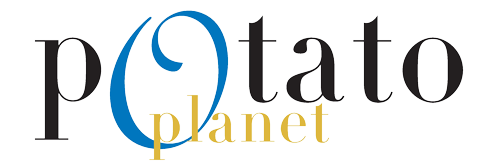Potato market chronicle March 2018
Publication author: Frédéric Laviron – Roussineau SA Potato market chronicle March 2018 All market chronicles It’s the end of the 6 Nations tournament, and our national team has blown hot and cold during the month of March, also marked by capricious weather: here are two beautiful images perfectly reflecting our ware potato market, indecisive, unbalanced and yet dynamic on new export markets.A shortage of potatoes? If we can agree on a European production surplus, there will (perhaps) be a shortage of potatoes! Indeed, storage lavabilities are deteriorating sharply with the appearance of flat faces, and our buyers are as demanding as ever in terms of quality; prices for this type of product could even rise until mid-June. A more stable market Eastern Europe and Germany should also be on the lookout for washable products, as the market imbalance is due solely to the excessive quantities of non-washable products. These storage problems could make for a more stable and longer market, especially as early production this year will be more limited (all origins combined). Market March 2018 Potatoes But there’s no need to claim victory! On-farm stocks are high and the market is complex; while some European supermarket chains are starting to make eyes at early potatoes, others still favor Locavore and therefore domestic goods, even if the quality is “borderline”. A difficult market for seed potatoes? The planting stock market is also difficult, with a lot of stocks and certainly a lot of unsold stock in many varieties; in mid-March, weather conditions did not allow early planting, and farmers are asking for postponements of deliveries. And if only this would give the market a boost…; but with a few “ifs”, we could have won the 6 Nations tournament…

